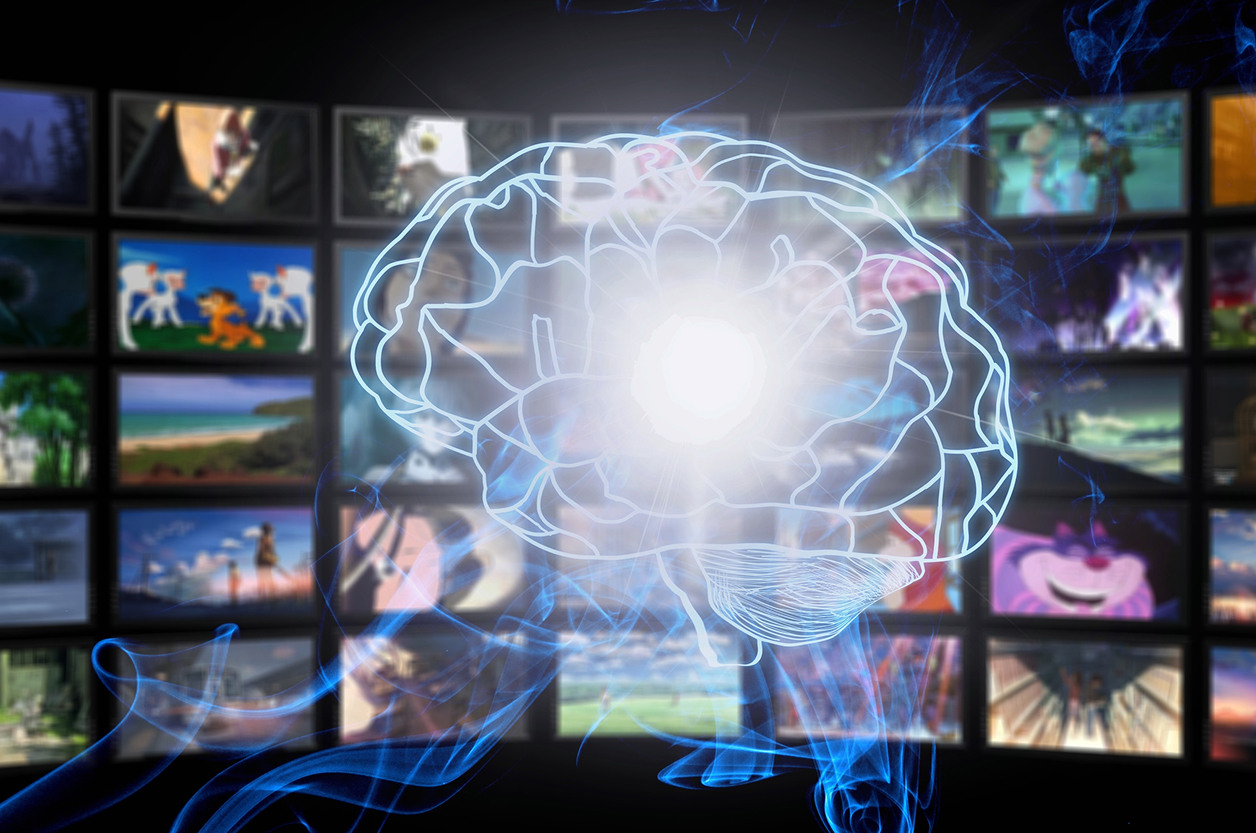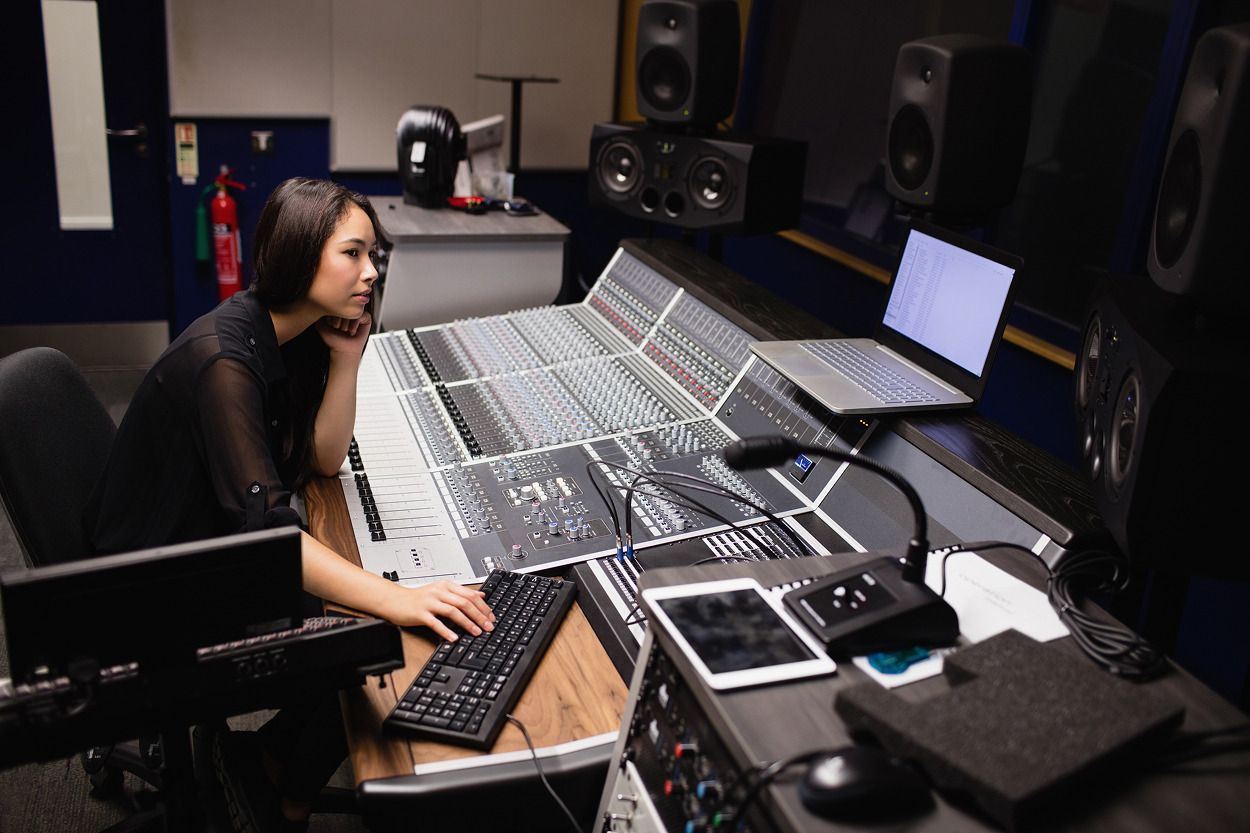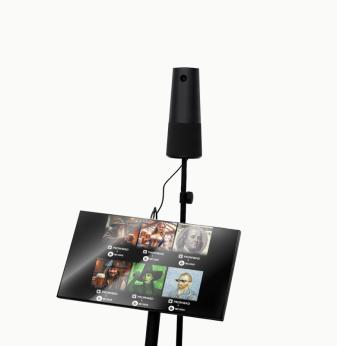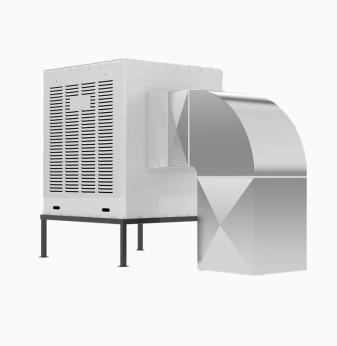Empowering Live Directors with AI: Voice & Gesture Control in Production

As live events, sports, news, and hybrid broadcasts grow more complex, production teams seek new ways to streamline control, reduce latency, and handle multi-layered operations. Human operators face cognitive overload, juggling camera cuts, graphics cues, transitions, overlays, and quality checks. Enter AI assistants with voice and gesture interfaces—tools that allow directors to issue commands, adjust layers, or shift angles through natural interaction rather than manual button presses. These assistants aim to become collaborative teammates in fast-paced live workflows.
In this article, we dive into the motivations, system design, challenges, and integration heuristics for voice + gesture AI assistants in live production.
Why AI control interfaces matter in live environments
Traditional switching and production control rely on physical panels, buttons, or studios with fixed layouts. While reliable, they offer limited flexibility and require hand-eye coordination. In dynamic or distributed setups (remote production, field shoots), rigid control surfaces may be inaccessible or slow to adapt.
Voice and gesture interfaces bring several advantages:
- Hands-free control: directors can adjust layers, switch cameras, or trigger overlays without removing hands from other controls.
- Faster reaction: voice commands or instinctive gestures can outpace manual cueing in time-sensitive moments.
- Reduced fatigue: operators avoid repetitive movements or panel shuffling.
- Distributed access: in remote or multi-site setups, AI assistants allow flexible command invocation without centralized control panels.
- Contextual flexibility: commands may adapt based on current mode, camera, or layer, simplifying complex control vocabularies.
When built properly, these assistants augment human creativity rather than replace it.
Key components of an AI production assistant
To build an effective AI assistant for live production, several subsystems must collaborate:
Command intent recognition (voice + gesture)
The system must parse voice commands (e.g. “camera two, cut”, “overlay sponsor”, “lower third off”) or gestures (hand signals, pointing). A multimodal interpretation module fuses voice, gesture, and context (current camera, active layers) to resolve the director’s intent.
Context & state awareness
The assistant must know the current production state: which camera is live, what overlays are active, scene mode (e.g. sports, interview), timeline cues, and system constraints. This context helps disambiguate commands (“cut to” means camera two now, not idle camera).
Command execution & validation
Once intent is resolved, the assistant issues commands to the production system (switcher, overlay engine, camera controller). Before execution, validation logic ensures that command is safe (no conflict, allowed under current mode), and may confirm or delay the command if ambiguous.
Feedback and confirmation
The assistant provides feedback: voice acknowledgment, visual cue overlays, gesture-based haptic or UI feedback, or on-screen confirmation. This ensures the director is aware of the executed action and prevents misfires.
Learning and adaptation
Over time, the assistant can learn frequent command patterns, user preferences, alias phrases, or gesture styles. It may adapt thresholds or context mappings to better match director behavior.
Safety and override logic
Commands should allow manual override or cancellation. In ambiguous or critical moments, the assistant must yield control or require confirmation to avoid unintended cuts or overlays.
Design patterns and interface models
Command grammars and training
Design a finite set of voice/gesture commands with fallback phrases. Use intent classification models (RNN, transformer) trained on domain-specific vocabulary. Gesture vocabularies can include pointing, “swipe”, “tap”, “raise hand”, or broadcast-standard signals.
Multimodal fusion
Voice and gesture signals arrive asynchronously. The system must fuse them—e.g. a pointing gesture combined with “cut to that camera” resolves to a camera choice. Fusion models weight modalities and resolve conflicts based on confidence.
Gesture vocabularies and tracking
Gesture recognition relies on camera-based tracking or wearable sensors (gloves, wrist IMU). Skeleton or hand pose recognition pipelines interpret gestures in 3D space. Latency must be minimal so gestures feel immediate.
Hierarchical control layers
Basic commands (cut, fade, overlay toggle) map directly. High-level commands (“preview full break”) may expand into sub-actions. The assistant must decompose high-level intent into atomic actions.
Safeguards and confirmation
In high-stakes moments (live final cues), the assistant may request confirmation (“do you mean camera three?”) or temporarily disable automation to let the director take manual control. Soft thresholds or confidence gating help determine when to ask.
Training and personalization
Allow directors to customize command phrases or gestures. The AI adapts to accent, microphone environment, and gesture style. A supervised learning loop refines intent models using user corrections.
Challenges and trade-offs
Latency and reliability
Voice recognition, gesture detection, and intent resolution must operate with minimal delay—ideally under tens of milliseconds. Models must be optimized for real-time inference on local hardware (edge nodes) to avoid cloud latency.
Ambient noise and interference
Live stages are noisy. Voice commands must work robustly in high-SPL environments with overlapping audio. Beamforming, voice activity detection, and directed microphones help. Gesture sensors must tolerate occlusion, lighting, and operator movement.
Ambiguity and misinterpretation
Natural language and gestures are often ambiguous. The assistant must err gracefully—choosing safe defaults or asking for clarification. Misfires (e.g. switching the wrong camera) are unacceptable in live production.
Confidence calibration and fallback
The system must balance responsiveness versus caution. Allow fallback to manual control or override when confidence is low. Unsafe commands should be rejected rather than executed blindly.
Context switching and situational control
Commands depend on context: “overlay off” in one mode may disable graphics; in another, it may disable subtitles. The assistant must track modes and scopes. Gesture semantics may vary depending on camera or layer.
Integration complexity
Integrating with switcher APIs, overlay engines, camera control, tally systems, timing clocks, and production automation is complex. The assistant must interface reliably with existing control surfaces and protocols.
Customization and director style
Directors and production teams have varied styles (verbal cues, gestures, pacing). The assistant should be adaptable and customizable per user. A rigid interface risks rejection.

Use cases and pilot scenarios
- Sports production: director says “camera four, live”; gesture points to a monitor; overlay scoreboard “Goal!” appears
- Talk shows / interviews: voice “lower third fade in guest name”, gesture thumb up to confirm overlay
- Remote / distributed production: assistant lets director control remote cameras and overlays without physical switcher access
- Redundant operations: AI assistant runs in shadow mode in parallel, proposing commands to director in run-throughs
- Training & rehearsal: assistant learns director command patterns during rehearsals and optimizes command vocabulary
In research, systems like “VoiceSwitch” prototype voice-controlled camera switching in live streams; gesture-augmented UI research in AR/VR also informs multi-modal control in production settings.
Deployment roadmap
- Define command set and production state model
- Train initial voice and gesture intent classifiers with domain-specific datasets
- Prototype assistant on a controlled production setup (non-critical paths)
- Integrate with switcher, overlay, camera control APIs
- Build feedback UI and confirmation logic
- Test latency, confidence thresholds, and misfire behavior
- Extend to multimodal fusion and personalization
- Pilot in live event (with human fallback) and gather operator feedback
- Iterate gesture vocabularies, voice adaptation, context rules
- Gradually enable assistant in broader workflows
Over time, such assistants move from augmentation into native control layers.
Neutral perspective / advisory context
Organizations interested in AI assistant interfaces may begin with limited command sets and explore pilot integration in non-critical production paths. Gradually expand functionality as confidence, reliability, and operator acceptance grow.
AI Overview: AI Assistants for Live Production Control
Voice and gesture AI assistants offer intuitive, hands-free control to live directors by interpreting spoken commands and gestures in context. They fuse multimodal signals into actionable directing commands—cut, overlay, camera switch—while integrating safety checks and feedback.
Key Applications: camera switching by voice/gesture, overlay toggles, dynamic graphics control, remote monitoring and command invocation.
Benefits: faster reaction, reduced operator fatigue, more flexible control layouts, support for remote or distributed setups.
Challenges: real-time latency constraints, noise robustness, command ambiguity, integration with existing control systems, personalization.
Outlook: over the next 5–7 years, intelligent control assistants will complement switchers in broadcast suites. Context-aware AI helpers may soon become trusted members of live production teams.
Related Terms: multimodal interfaces, voice recognition, gesture control, production automation, human-AI collaboration in media, intent classification, switcher APIs, natural UI for broadcasting.
Our Case Studies








